When Did Digital Cameras Come Out?
The Evolution and Impact of Digital Cameras: A Comprehensive Overview
The advent of digital cameras marked a significant milestone in the history of photography, revolutionizing the way we capture and share images. This article delves into the timeline of digital camera development, the technological advancements that have shaped their evolution, and the profound impact they have had on both professional photography and everyday life.
The Birth of Digital Cameras
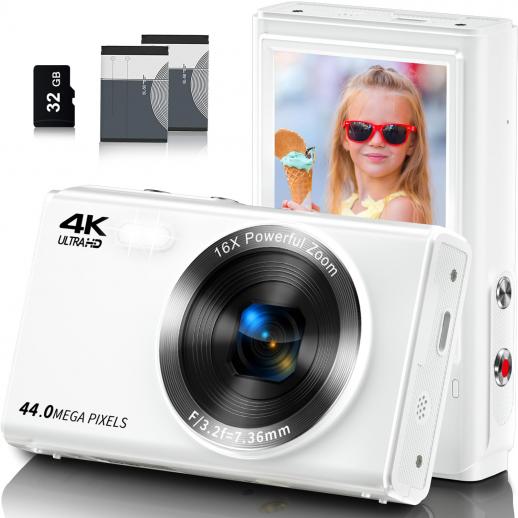
The concept of digital photography can be traced back to the 1960s, but it wasn't until the late 20th century that digital cameras became a reality. The first true digital camera was developed by Steven Sasson, an engineer at Eastman Kodak, in 1975. This prototype was a far cry from the sleek devices we use today; it was a bulky contraption that took 23 seconds to capture a single image and recorded it onto a cassette tape. Despite its rudimentary nature, Sasson's invention laid the groundwork for the digital revolution in photography.
The 1980s: Early Developments
The 1980s saw the first commercial attempts to bring digital cameras to the market. In 1981, Sony introduced the Mavica (Magnetic Video Camera), which was not a true digital camera but rather an analog electronic camera that recorded images onto a mini-disk. This was a significant step forward, as it eliminated the need for film and chemical processing.
In 1988, Fuji unveiled the DS-1P, which is often considered the first true digital camera. It used a 16 MB internal memory card to store images digitally, although it never reached the consumer market. Around the same time, Canon released the RC-701, a still video camera that was used by photojournalists at the 1984 Los Angeles Olympics.
The 1990s: Digital Cameras Go Mainstream
The 1990s were a pivotal decade for digital cameras, as they began to gain traction among consumers. In 1990, Logitech introduced the Dycam Model 1, also known as the Fotoman, which was the first commercially available digital camera in the United States. It had a resolution of 376 x 240 pixels and could store 32 images.
Apple entered the fray in 1994 with the QuickTake 100, which was one of the first digital cameras aimed at the general consumer market. It had a resolution of 640 x 480 pixels and could store up to eight photos. The QuickTake series was followed by other notable entries from Kodak, Casio, and Sony, each pushing the boundaries of digital imaging technology.
By the late 1990s, digital cameras had become more affordable and user-friendly, leading to widespread adoption. The introduction of the CompactFlash card by SanDisk in 1994 and the Secure Digital (SD) card by Panasonic, SanDisk, and Toshiba in 1999 provided more convenient and higher-capacity storage options, further boosting the popularity of digital cameras.
The 2000s: The Digital Camera Boom
The early 2000s witnessed an explosion in digital camera sales, driven by rapid technological advancements and decreasing prices. Megapixel counts soared, image quality improved, and features such as optical zoom, image stabilization, and video recording became standard.
In 2000, Sony released the Cyber-shot DSC-P1, a compact digital camera with a 3.3-megapixel sensor, which set the stage for the proliferation of point-and-shoot cameras. Canon's EOS D30, launched in the same year, was a game-changer for professional photographers, offering a 3.1-megapixel CMOS sensor and interchangeable lenses.
The mid-2000s saw the rise of digital single-lens reflex (DSLR) cameras, which combined the versatility of traditional SLRs with the convenience of digital technology. Canon's EOS 300D, released in 2003, was the first DSLR to be priced under $1,000, making it accessible to amateur photographers. Nikon followed suit with the D70 in 2004, further fueling the DSLR boom.
The 2010s: The Smartphone Revolution
The 2010s brought about a seismic shift in the digital camera landscape with the advent of smartphones equipped with high-quality cameras. The Apple iPhone, first released in 2007, played a pivotal role in this transformation. By the time the iPhone 4 was launched in 2010, it featured a 5-megapixel camera with LED flash and HD video recording capabilities, setting a new standard for mobile photography.
As smartphone cameras continued to improve, they began to eclipse point-and-shoot cameras in terms of convenience and image quality. Features such as multiple lenses, optical image stabilization, and advanced computational photography algorithms allowed smartphones to deliver stunning photos and videos, often rivaling those taken with dedicated digital cameras.
The Present and Future of Digital Cameras
Today, digital cameras come in various forms, from compact point-and-shoot models to advanced mirrorless and DSLR systems. Mirrorless cameras, in particular, have gained popularity due to their compact size, lightweight design, and impressive performance. Sony's Alpha series, Fujifilm's X-series, and Canon's EOS R series are among the leading contenders in the mirrorless market.
Despite the dominance of smartphones, digital cameras continue to evolve, offering features that cater to both professional photographers and enthusiasts. High-resolution sensors, 4K and 8K video recording, advanced autofocus systems, and improved low-light performance are just a few of the innovations driving the industry forward.
Looking ahead, the future of digital cameras is likely to be shaped by advancements in artificial intelligence, computational photography, and connectivity. AI-powered features such as scene recognition, real-time image enhancement, and automated editing are already making their way into cameras, enhancing the user experience and expanding creative possibilities.
The Impact of Digital Cameras on Society
The impact of digital cameras on society cannot be overstated. They have democratized photography, making it accessible to millions of people around the world. The ability to instantly capture, review, and share images has transformed the way we document our lives, communicate, and express ourselves.
Digital cameras have also revolutionized industries such as journalism, advertising, and entertainment. Photojournalists can now transmit images from the field in real-time, while filmmakers and content creators have access to affordable, high-quality equipment that was once the preserve of big-budget productions.
Moreover, digital photography has given rise to new forms of art and creativity. Social media platforms like Instagram and Pinterest have become virtual galleries, where photographers and enthusiasts can showcase their work and connect with a global audience. The ease of sharing digital images has also fostered a sense of community and collaboration among photographers, leading to the exchange of ideas and techniques.
The journey of digital cameras from their inception in the 1970s to the present day is a testament to the relentless pace of technological innovation. From the early prototypes and commercial failures to the ubiquitous devices we carry in our pockets, digital cameras have come a long way. They have not only transformed the field of photography but have also had a profound impact on society as a whole.
As we look to the future, it is clear that digital cameras will continue to evolve, driven by advancements in technology and changing user needs. Whether you are a professional photographer, an enthusiast, or simply someone who enjoys capturing moments, the digital camera will remain an indispensable tool, enabling us to see and share the world in new and exciting ways.


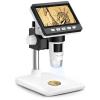
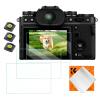


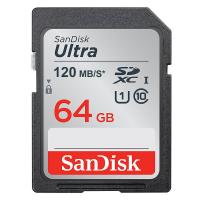
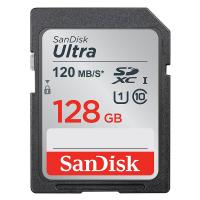

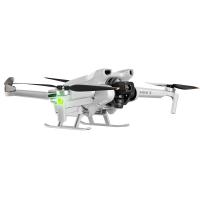







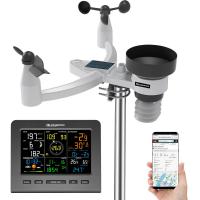





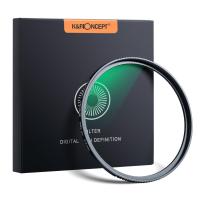
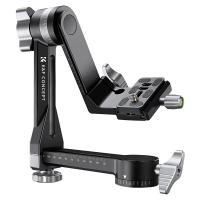
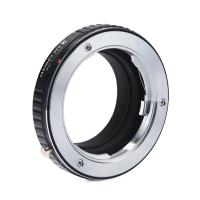
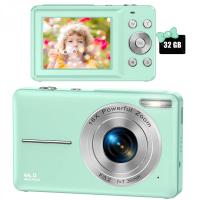



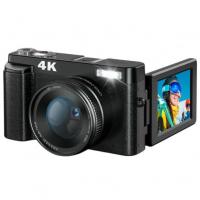


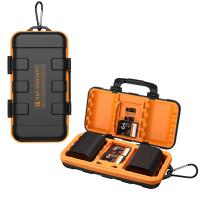





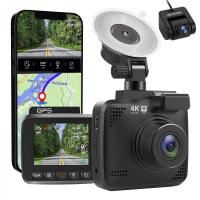


There are no comments for this blog.